GLITBITER is the musical vehicle of Los Angeles-based musician and vocalist Florence Bullock.
Following the release of her three song debut EP ‘Short Stories’ in 2017, GLITBITER went on to collaborate with BETAMAXX on the track ‘Skyhigh’ from the acclaimed album ‘Lost In A Dreamworld’ and remixed Canadian popwavers PARALLELS. Meanwhile, she also joined North American avant pop combo DEAD ASTRONAUTS for their most recent album ‘Silhouettes’.
With all these new found experiences to develop her own brand of “Dreamy synthwave for the dark soul”, there then came the impressive six song mini-album ‘Glass & Steel’, a fine showcase for an appealing feminine take on the synth form boosted by previous schooling in more traditional forms for that vital musicality.
Taking time out from rehearsing for her first live gig in quite a while and releasing a brand new single called ‘Fall Apart’ written for the ‘Of Tears & Blood’ podcast, Florence Bullock spoke to ELECTRICITYCLUB.CO.UK about the importance of being GLITBITER…
The ‘Glass & Steel’ mini-album has been a while coming as your first release ‘Short Stories’ was released in 2017?
Yes, I know it’s taken more forever to get new music out! I’ve had the songs on ‘Glass & Steel’ ready to go for ages, but there were lots of ups and downs with people who were potentially going to work on it with me, and frankly, a good deal of procrastination. Ultimately, I realized I just had to do it myself. Luckily, since 2017, I’ve stayed fairly active by playing live shows and doing some collaborations with some amazing people.
How do you look back on the ‘Short Stories’ EP and how you’ve grown as an artist and producer since?
I’m still immensely proud of ‘Short Stories’. I had never released any music up until that point, and really had no idea what to do after I had written and produced the songs. Mixing and mastering were still an enigma to me, so I asked my friend Mike Balboa (who, incidentally mixed ‘Follower’ and ‘Turn’ off of ‘G&S’) for advice, and he said “Just release the songs. You’ll get better as time goes on”.
So, as I’ve learned countless times since, I did it myself. ‘Short Stories’ is 100% me (mastering included), and even though I know it’s not produced perfectly, people still seem to enjoy it. I had something to show after that EP was released, and it opened new doors, allowing me to make new connections, and grow.
What made you decide to use synths as your tools of expression?
I’ve always been drawn to synthesizer sounds. I didn’t necessarily grow up listening to electronic music, but I think it was some combination of subconsciously taking in some late ‘80s and early ‘90s music, as well as video and computer game music that I found along the way. I was particularly enamoured with music from the game ‘Candy Crisis’, which I found out later was made by a bunch of artists in the Mod scene in the late ‘90s. Also, no joke, I was obsessed with EIFFEL 65’s ‘Europop’ in 1999. Sounds like those really stuck with me, and then, when I discovered Synthwave, it really brought everything full circle.
Also, it was practical for me. After years of piano lessons, and some computer production classes in college, I had the skills to make music with synths. I could also do it all “in the box” and save a few bucks.
Do you have any favourite VSTs or hardware?
Software-wise, I love Diva, and the CS-80 and Jupiter 8 Arturia emulators. My favourite, for years, has been Dune, which is probably my most used VST. I don’t use a ton of hardware, but I occasionally whip out my MicroKorg, especially for the vocoder. I also acquired an Omnichord, last year, which I’m excited to use on some upcoming stuff – fun fact, I added some Omnichord on ‘Low Light’, which is the first track on DEAD ASTRONAUTS’ ‘Silhouettes’.
There are lots of women now in synth, did that give you more encouragement? Who do you look on as your sisters-in-arms?
Actually, when I started GLITBITER, it was the lack of female presence in the scene that really drove me. There was a clear void that I could help fill.
I’m happy to say that, though we’re still the minority, there are so many other women in the scene, now, and some of those ladies are making some of the biggest waves (pun intended?). Of course, being part of a relatively small group of women, I think we all naturally have a bond, whether we’re good friends, or just acquaintances. But a big shoutout to all the ladies whom I’ve had the pleasure of meeting in person and/or played shows with – BUNNY X, Czarina, Dana Jean Phoenix, Danielle of WYNDSRFR, Holly of PARALLELS, Julie of FUTURE HOLOTAPE, Lau, Mecha Maiko, Megan McDuffee and Nina.
So is the ‘Girl In A Storm’ autobiographical?
Sort of! Generally, my lyrics are a stream of consciousness – some ideas and phrases in songs connect, and some don’t. For this song in particular, it’s mostly descriptions of images and fears from childhood, with some other stuff that is completely unrelated. In the end, none of it matters, now (“she’s not the same old girl”). But I also change my interpretations of my lyrics, occasionally, so I invite anyone to interpret them how they see fit. I like having lyrics that make people think. Also, funny story, I performed this song only once at a live show, and it happened to be during Hurricane Florence, in 2018.
‘Follower’ and ‘Turn’ both show a shift move into a more sophisticated use of effects, rhythms and textures?
It’s funny, because I think of those songs as the more straightforward ones on the album. They’re the only two that follow “the formula” (verse, chorus, verse, chorus, bridge, chorus). They both have an underlying arpeggio, which gives them more of a fast-moving texture, as opposed to the other songs.
Basically, I think what I’m getting at is… I tricked you into making it seem like these were more complicated than they are! But also, those two were mixed by my friend Mike Balboa, and he knows what he’s doing. His mixing definitely helped bring those two songs to life.
‘Blade’ features some great synthphonic soloing, what inspired that?
I love a good synth melody. It’s one of the main reasons why I love synthwave so much – the fact that I can sing along to synth lines and solos, just as easily as the vocal melodies. Honestly, I’m pretty sure the structure of ‘Blade’ was subconsciously adapted from ‘Subdivisions’ by RUSH. That synth melody after the chorus is one of my favorites of all time – Not technically brilliant, but just a damn good melody. In terms of ‘Blade’, I particularly love how the vocal chorus leads into synth line. It’s something that’s really fun to play live, too.
You opted not to include the interim single ‘See You In The Trees’ on ‘Glass & Steel’, any particular reasons?
I owe a lot of [relative] success to ‘See You In The Trees’, but it was always meant to be a stand-alone song. To me, it’s old news. It’s been so long since I’ve released anything, and I didn’t want to look to the past. ‘Glass & Steel’ had to be its own new thing and I didn’t want an old single to overshadow that.
On BETAMAXX’s ‘Lost In A Dreamworld’ album, you contributed to ‘Skyhigh’ which was one of the highlights, how was the collaboration process?
It was great working with Nick Morey and George Hetzer. First of all, it was an honor to be included on that album – BETAMAXX was one of the first artists who I listened to when I discovered synthwave, and to be included among the other power house collaborators MECHA MAIKO, VANDAL MOON and Robert Parker was something out of dream.
Nick originally sent me a few songs to choose from, and after playing around with some melodies, ‘Skyhigh’ (which was already named) was the clear winner. I think it took me an hour to come up with the melody and lyrics – it was just one of those things that flowed out, immediately, especially since the music was so great to begin with. After that, there was barely any other back and forth – Just updates from Nick and George, and how the production transformed along the way.
There was that mad metal opera hybrid you did with Gregorio Franco called ‘Awakening’ which brought out another side of you?
This was one of the most fun collaborations I’ve done, thus far. When Gregorio sent that over to me, I honestly didn’t know what to do with it. It was darker, and heavier than anything I had lent vocals to in the past and my normal singing voice just wasn’t quite cutting it for me. It had more power metal vibes, than anything related to synthwave and that’s when I had my aha moment – “Why don’t I just pull a ‘Nightwish’?”.
I studied classical voice for years, and throughout college, so operatic vocals are actually more natural to me than how I usually sing, nowadays. Once I decided to go in that direction, I came up with the melody immediately. The hardest part was re-analyzing how to sing into my microphone – basically I had to be a good two feet further away than normal!
You did a wonderful remix of ‘Vienna’ for PARALLELS 10th Anniversary release of their debut album ‘Visionaries’. There are melodic synth phrases which are similar to Scotland’s WITCH OF THE VALE and their ‘Trust The Pain’; it appears you both perhaps come from like-minded places musically, albeit with an ocean between you?
Full disclosure, I was unfamiliar with WITCH OF THE VALE until this interview, but I totally hear the similarity! Interestingly, vocally, they remind me a lot of AUTUMN’s ‘Grey Solace’, who were in heavy rotation for me around 2003. I listened to a lot of alt / goth music in high school, so I can see where we could have been drawing from similar places!
Back to the ‘Glass & Steel’ mini-album, ‘Out of the Wasteland’ and ‘Fights & Fears’ have folkier overtones, does that come from anywhere particular in your psyche?
Well, I wasn’t consciously going for folk, but I’ll take it! My mom listened to a lot of folk rock when I was growing up (James Taylor, Judy Collins, Art Garfunkel etc), and that has influenced me in some shapes and forms. ‘Out of the Wasteland’ is in triple meter, which you don’t find too much in synthwave, but is much more common in folk songs. As for ‘Fights & Fears’, I wanted a more laid back song, that sort of flowed onward, and evolved into an organic structure, and different modulations. Not sure if that’s from my folk psyche, but the concept is a step away from what I’ve generally heard in synthwave.
Do you have a favourite track, either your own or any collaboration so far? What makes it so special for you?
I would say my favorite track is ‘Out Of The Wasteland’. I wrote it ages ago, and it has literally taken me years to get it to its final state, which I am finally happy with. There’s a simple counterpoint melody between the vocals and a synth bell sound in the chorus that I’ve always loved.
Also, the lyrics happen to be a metaphor for the song and its evolution, which was not even initially intended. I like simple melodies, and when things fall into place, and ‘Out Of The Wasteland’ checks all of the boxes.
How have you found taking your music out live because presenting synthwave in that environment is one of its inherent challenges?
Instrumental electronic music is hard to translate into a live setting. I’ve seen countless synthwave acts essentially just “hit the play button”. But I feel that I have an advantage, because my songs have vocals. Sure, I have a backing track – I’m basically a one-woman band, on stage, and I can’t play every single part, but being able to move from behind my keyboard, and sing to the audience allows me to connect to the crowd in ways that instrumental-only acts can’t.
Of course, playing and singing live has its own set of challenges – I can’t sing or play a keyboard part 25 times until it’s perfect – I have one shot. Also, coming from a classical voice background, amplified performance was a completely different ballgame for me. Getting used to singing into a microphone and being able to comfortably hear backing tracks is still something I’m learning to perfect, but I absolutely love the challenge.
Now you have built some profile and momentum, will the next body of work be sooner rather than later?
I have an upcoming show on June 26th! I’m opening for my friends WYNDSRFR, who incidentally just released a stellar album called ‘Golden Years’. Hopefully more shows will follow after this one. Playing (and seeing) live shows is the thing that I’ve missed the most over the last year and a half – they’re little social hubs where I get to see friends, and meet new people, and I’m stoked that things are opening back up again.
Also, yes, I mentally got over a big mountain with the release of ‘Glass & Steel’, so there should be more from me sooner rather than later. I might have an additional single, and a few collaborations on the near horizon…
Your hopes and fears as the world comes out to play again?
Again, I’m hoping to play live more, and hopefully not just in California. I’ve previously done some traveling to play a show, here and there, around the US, and that has been the most fun. I’m definitely looking forward to more opportunities to fly around, meet new people, and play tunes.
Fears? I tend to be optimistic (maybe too optimistic?), but any fears about the upcoming year have been drowned out by excitement. Let’s leave it at that.
ELECTRICITYCLUB.CO.UK gives its grateful thanks to Florence Bullock
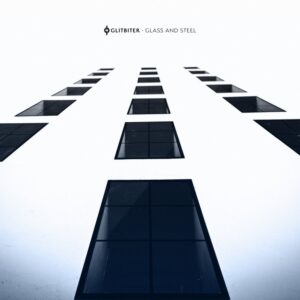 ‘Glass & Steel’ is available as a digital mini-album via the usual online platforms including from Bandcamp at https://glitbiter.bandcamp.com/album/glass-steel
‘Glass & Steel’ is available as a digital mini-album via the usual online platforms including from Bandcamp at https://glitbiter.bandcamp.com/album/glass-steel
https://www.facebook.com/glitbiter
https://www.instagram.com/glitbiter/
https://soundcloud.com/glitbiter
https://open.spotify.com/artist/6aUb5Zujn6ZsAuzuxepUsv
Text and Interview by Chi Ming Lai
23rd June 2021

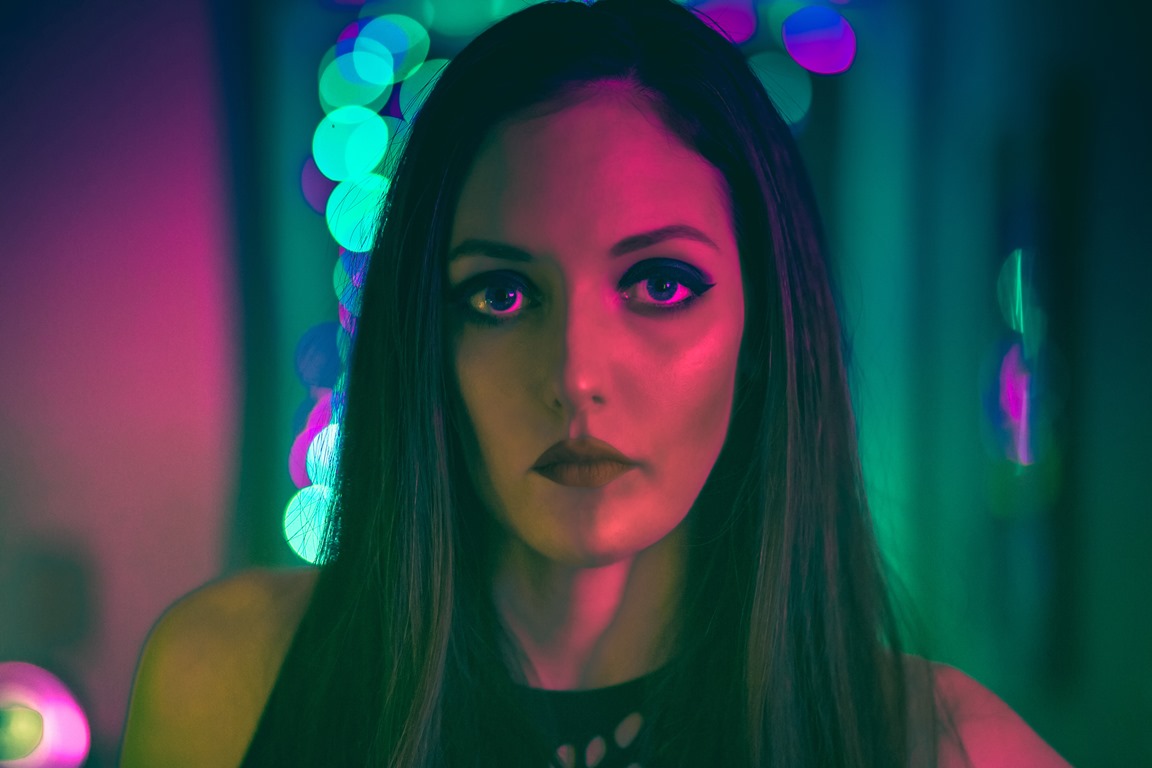
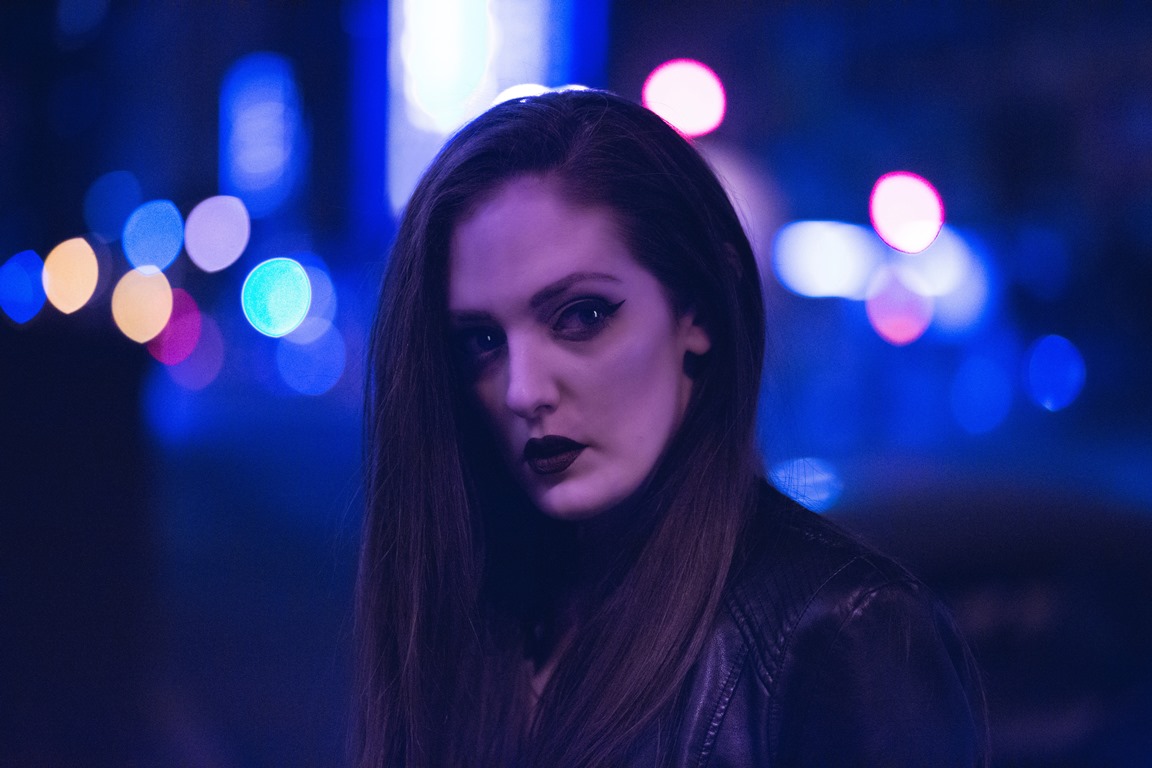

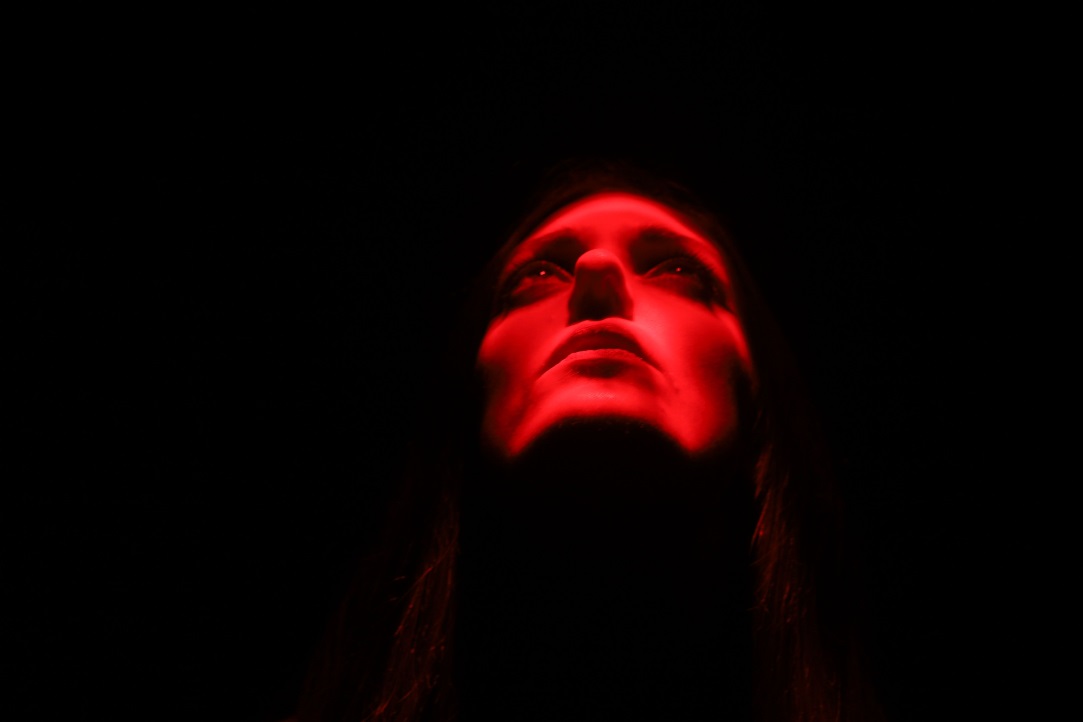


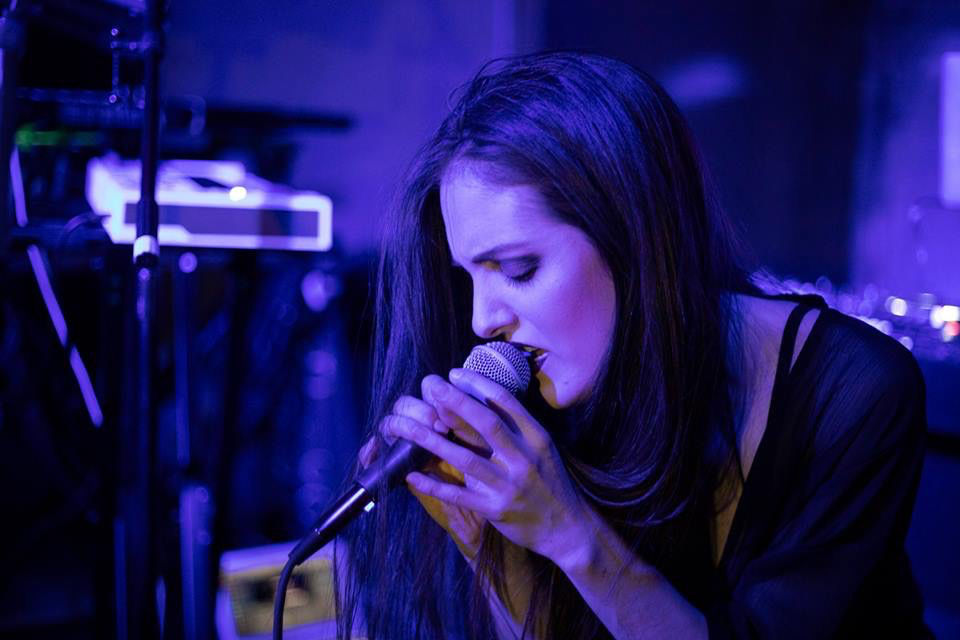
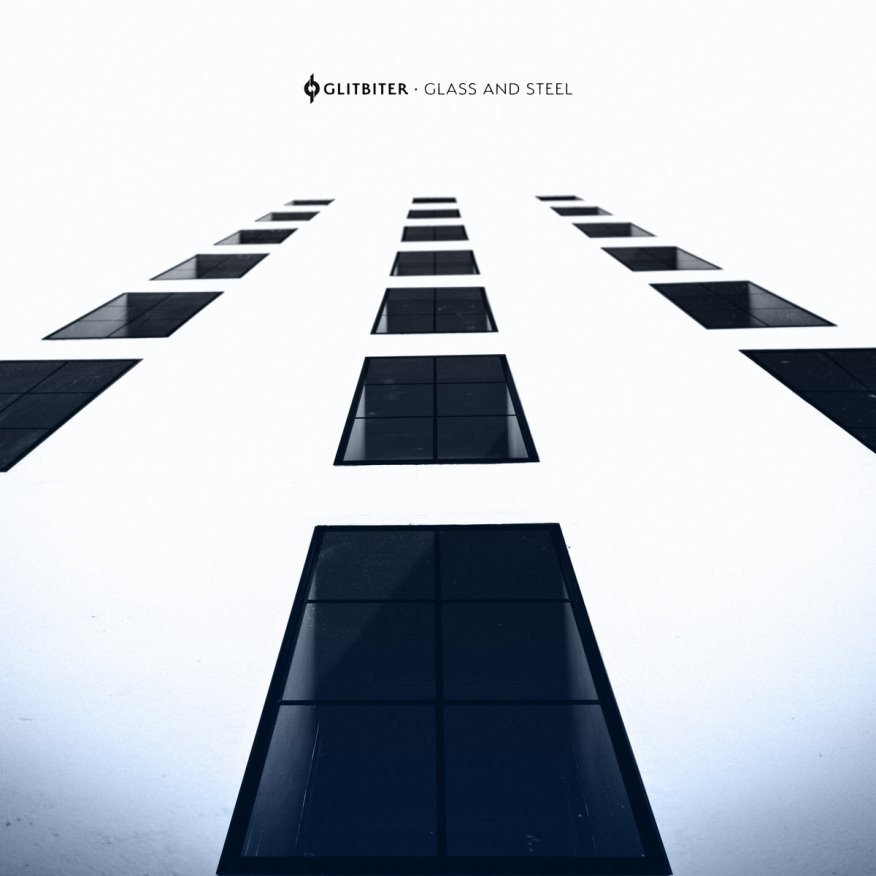


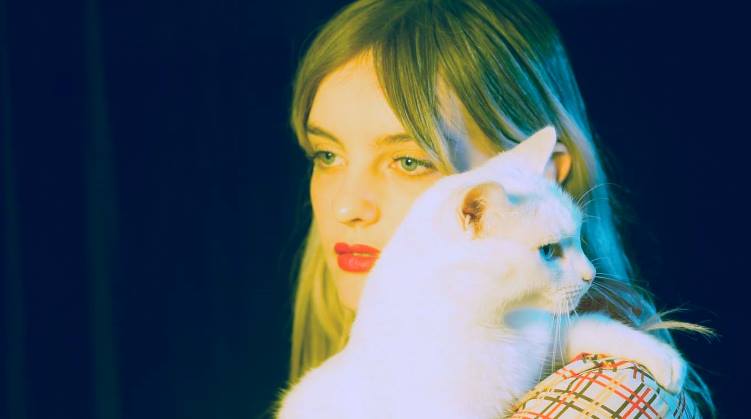


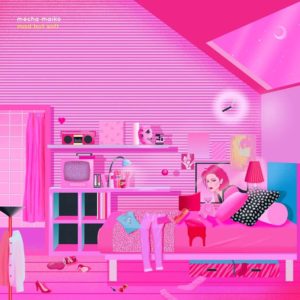

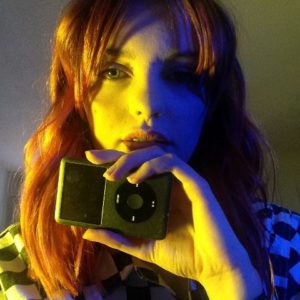
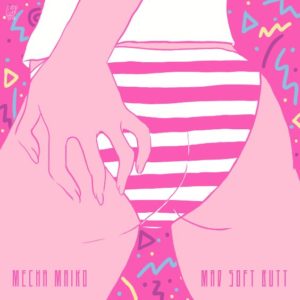

Follow Us!